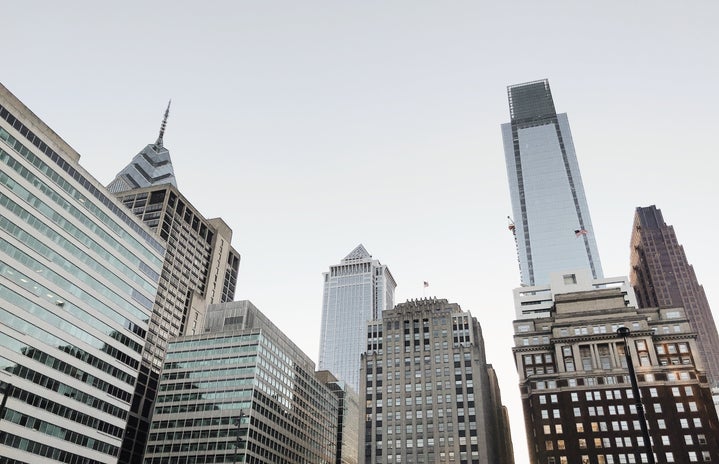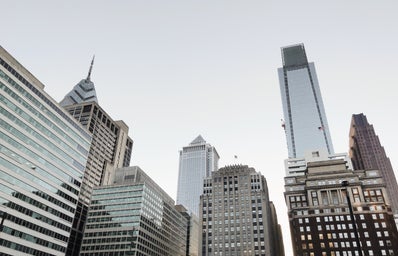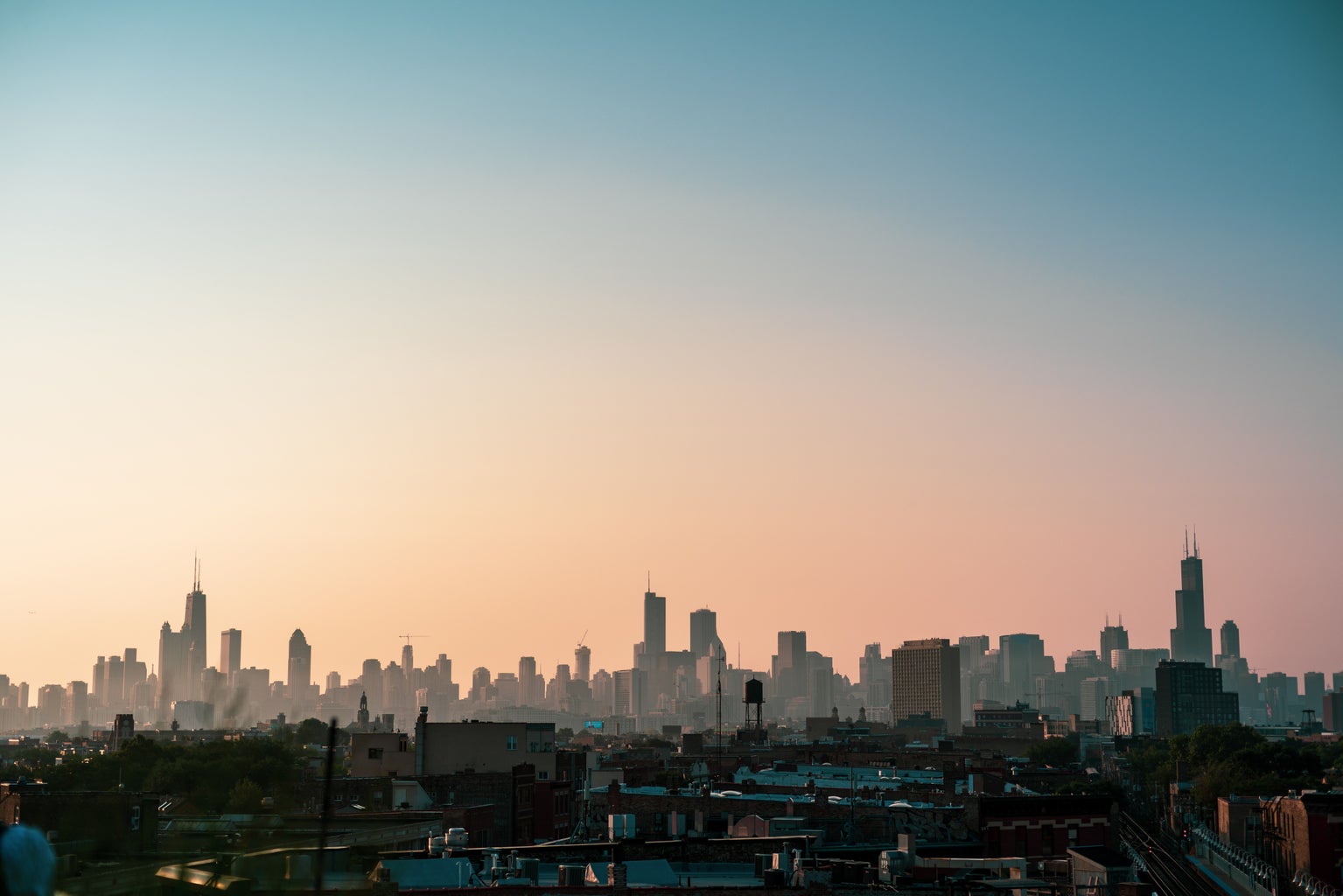In March 2020, COVID-19 pressed on the brakes of the American economy. In this three-part series, we will be investigating the macroeconomic impact of COVID-19. In Part 1, we discussed the connection between the pandemic and rising unemployment. In Part 2, we confronted the crisis at hand by exploring two frameworks in the hopes of paving a route towards long-term economic recovery. In this third and final installment, we will be evaluating policies to prevent future crises.
What do citizens want? What does it say on hundreds of thousands of LinkedIn profiles? #OpenToWork.
Americans are in dire need of jobs. COVID-19 left the U.S. painstakingly aware of what the author of The Deficit Myth, Stephanie Kelton, describes as the good jobs deficit. After the Great Recession, job growth “has been overwhelmingly concentrated in low-skill, low-paid occupations” causing many Americans to have to take multiple jobs in order to pay just the bills alone (Kelton, 195). If you are an American living in a “rural market” or “small town in the heartland” chances are you and your neighbors are still “recover[ing] from 2008” (Kelton 196, 197). In the sector where jobs have increased, such as retail or food service, individuals can expect to be paid a mere $7.25 an hour, the federal minimum wage, often with no benefits and on a part-time basis. These industries are also the same silos of the private sector that are aching from the COVID crisis, meaning that the Americans who were laid off or furloughed from restaurants or retail businesses will most likely not be hired again anytime soon. And, even if they are hired again, the wages and benefits that Americans in these positions receive are not enough to stimulate demand and drive consumption back to its pre-COVID levels.
The federal government has the power to create an automatic stabilizer that is more accessible and more stable than unemployment insurance: a federal job guarantee. The federal job guarantee is the government’s promise to Americans “to provide job seekers with access to the currency in exchange for performing public service work” (Kelton, 246). These jobs would be required to pay a living wage, anywhere from $15-20, and the work would serve “a useful public purpose” (Kelton, 247). With more people employed to help improve the public sector, imagine how quickly towns could install renewable energy sources and decrease America’s carbon output. Imagine the plethora of opportunities and lessons children would gain from being in early childhood programs created and taught by well-paid teachers. Imagine the new roads and bridges that would be constructed by the now idle hands of skilled, American workers. If we had the federal jobs guarantee we would not be imagining, we would be doing. We would be living greener, smarter, and safer.
How would the federal jobs program stabilize the economy? Americans who have been laid off or furloughed from their jobs in the private sector come to the federal government seeking a job. As more and more Americans accept positions in the public sector, the federal jobs guarantee will spend more to support those Americans and pay them living wages. When the economy improves and the private sector has readjusted and is ready to hire once more, Americans will return to the private sector and government spending will decrease.
The federal jobs guarantee is not a fix only for the COVID-19 crisis. If the government instituted this automatic stabilizer “it could catch many of the people who would otherwise experience unemployment when the next recession comes” (Kelton, 247). Now that we have learned how the unemployment crisis was created and how to confront the crisis while it is occurring, the next step is to prevent it policy that ebbs and flows with the natural booms and busts of the economy.
Can’t get enough of HC UMass Amherst? Be sure to follow us on Instagram, listen to us on Spotify, like us on Facebook, and read our latest Tweets!





